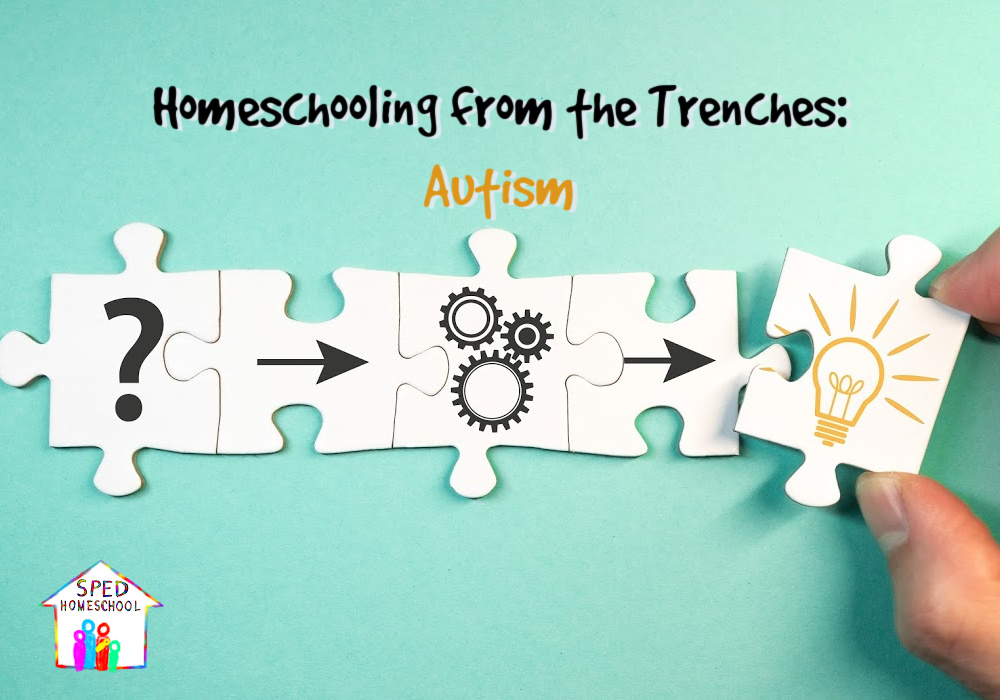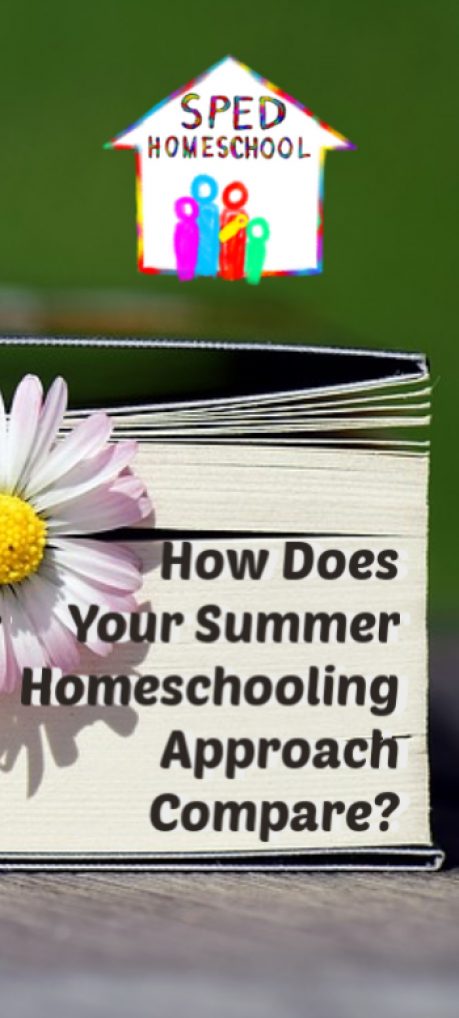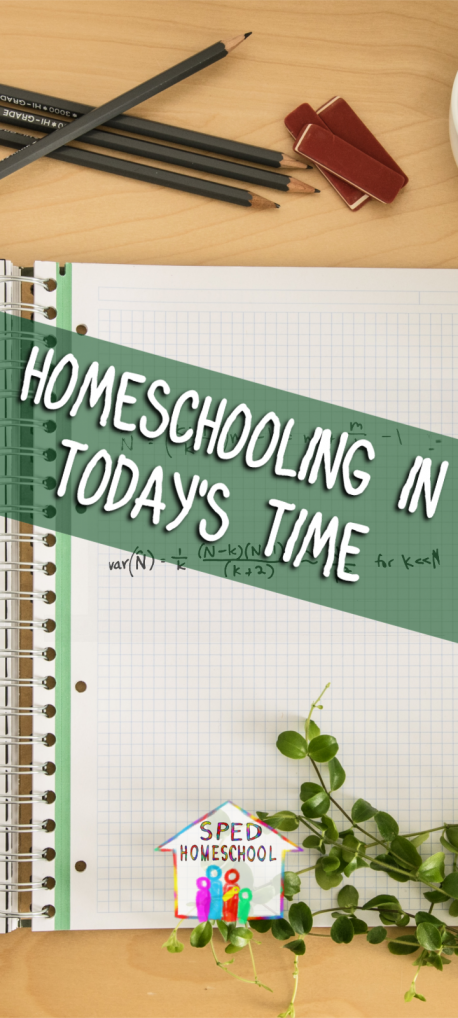
by Terrie McKee from Homeschooling1Child
The holidays can be a stressful time for us all but can be debilitating for those with special needs. The sounds, lights, smells, and strange schedules can cause meltdowns, anxiety, and a whole host of behavioral issues.
As a mom with four special needs children, ranging from autism to ADHD, dyslexia and diabetes, I fully understand the trials and tribulations of dodging holiday stressors. There are some things that parents of children with special needs can do to minimize the stress for their kiddos (and themselves) that I’ve incorporated into my own family.
Keep the schedule
It seems like every weekend in December is booked solid with special holiday activities. You want your child to participate or even just enjoy the festivities but getting off schedule makes for anything but merry-making. Keeping the normal, daily schedule intact helps your child anticipate what’s next. You can insert the holidays into homeschooling while keeping the schedule by having holiday-themed spelling words or worksheets, related crafts, and holiday music. Writing social stories about upcoming festive activities can help the child anticipate what will happen and even get excited about it. In addition, writing out a daily schedule for each child with any holiday events or activities will help give them a heads-up and a semblance of control.
Dietary needs
The holidays can be full of dietary landmines, particularly for those with food allergies, sensitivities, or chronic health issues such as diabetes. When visiting extended family or friends for get-togethers, remind them about your child’s dietary needs or bring along food you know is safe for them to eat. Many families enjoy baking during this time of year, and it’s a great homeschooling activity to boot. Just make sure all ingredients can safely be consumed by all. It’s important to make family traditions in spite of and because of special needs–just incorporate the special needs into it. If you have a family member who just cannot eat things like sugar cookies, you can make ornaments using salt dough, using cookie cutters to cut them out and paint to decorate them. You get the same effect but without the food landmine.
Sensory Overload
When my oldest, who has autism, was a little boy, going to the mall and sitting on Santa’s lap was asking for trouble. Not only did he not know this person, but Santa would inevitably pat him on his back and snuggle him—all things that were a definite spectrum no-no. After receiving the diagnosis of autism and researching all the things about it, the Santa-triggered meltdowns made a lot more sense, and we no longer pushed the issue. Some things aren’t worth experiencing, especially if they create anxiety for years to come . With all the sights and sounds come a lot of triggers: blinking Christmas lights, loud holiday music stuck on repeat in shops, other children’s screaming meltdowns in stores—it all added up to be torture for my son. Noise-canceling headphones, minimizing the times we’d take him in stores, and avoiding the triggers all made for much better experiences for all.
It’s hard on parents when special needs kids are in the mix with the holidays: you want your child to experience the magic, wonder, and fellowship of holiday gatherings, but the reality becomes too much. Creating your own traditions around your child’s specific needs means all can enjoy the time together and minimize the stress that can come with the holidays.
Terrie McKee blogs at Homeschooling1Child.com. Married with four children, three of whom are adults and on their own, she homeschools her youngest, who has dyslexia, ADHD, and chronic migraines. You can follow her on Facebook at @Homeschooling1Child.











